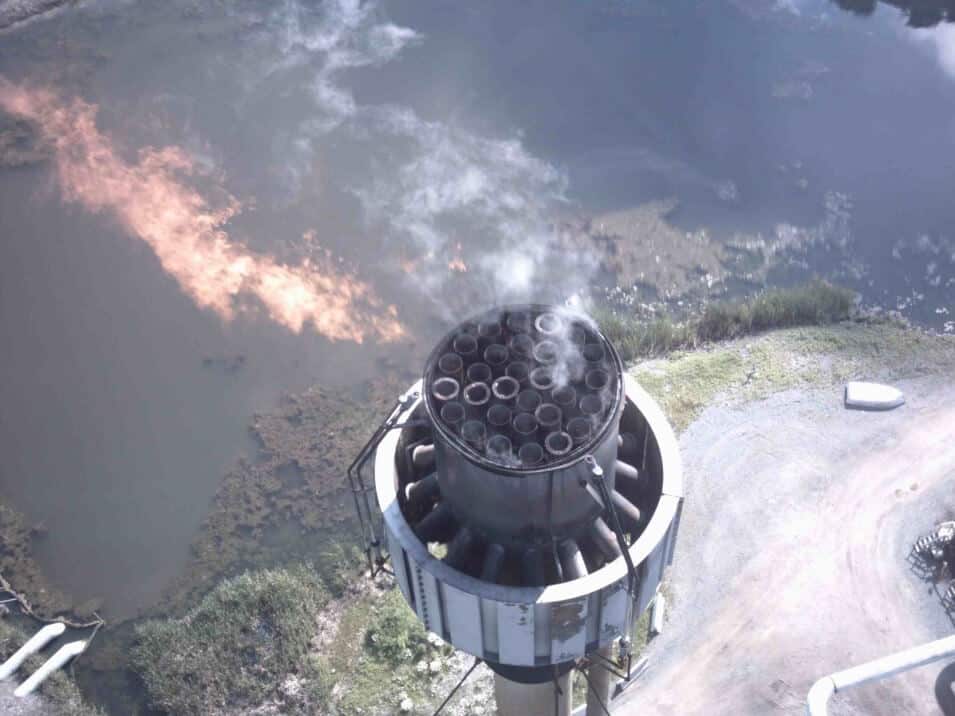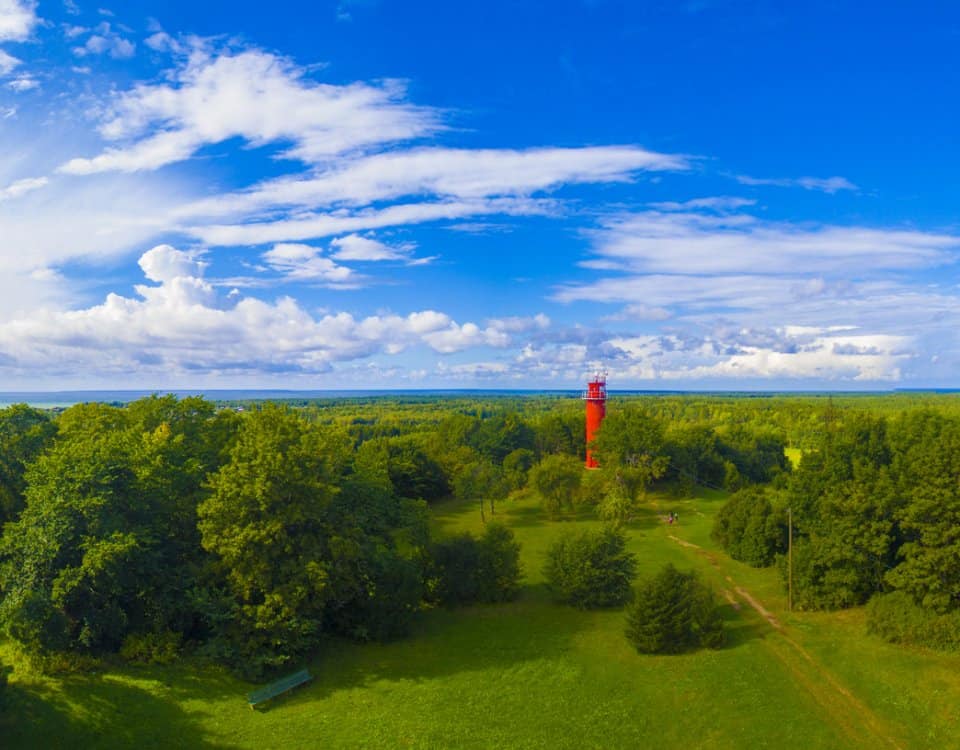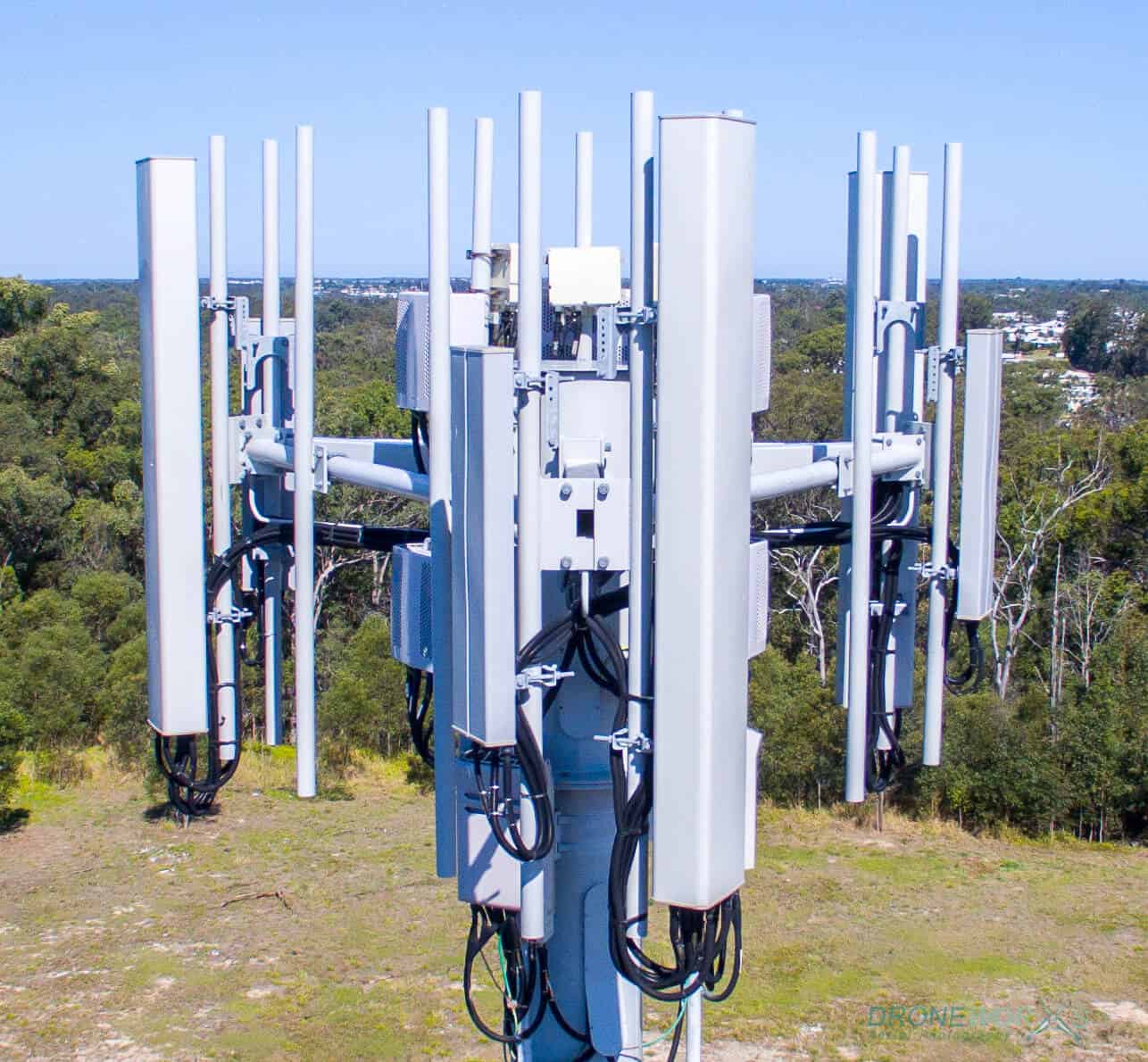Aerial Inspection Services for Disasters
August 9, 2017Three Great Drones for Drone Roof Inspections
August 12, 2017Asset inspections are performed on various types of infrastructure routinely. You may not have heard of it, but roads, bridges, and other forms all need to be inspected frequently to detect damages and to value it.
These inspections can be unsafe, costly, and time-consuming, so that has lead to many utility companies and government agencies to start implementing drone asset inspections. Let’s take a look at this relatively unknown application of drones.
What Are Asset Inspections?
There are two main reasons why asset inspections are performed. The first is to look for any damages that may require repair. The other reason is to get a more detailed overall condition of the asset and estimate its value and lifespan.

Asset inspections are performed mainly on large pieces of infrastructure like roads, bridges, pipelines, power plants, and dams. For each of these, there are usually laws requiring how often they need to be inspected.This can be anywhere from every 3 months to every 5 years.
How They Are Performed Without Drones
Without using drones for these inspections, companies mostly have to rely on people to capture images and to get up close to these structures. This can be time consuming, costly, and unsafe.
Also, people can’t easily access many spots that need to be inspected. This means that many times cranes, sky lifts, and helicopters must be used, which only adds to the costs.
Drones Being Used for Asset Inspections
Drones greatly reduce all of these concerns and that is why they are starting to be used more for asset inspections.
While they cut down on these problems, they also are performed with higher quality. The drones can get much closer than any of the other methods. They can get in hard-to-reach places that even tools like sky lifts or helicopters can’t get to, and their maneuverability is one of their greatest benefits.
The diversity of sensors and cameras that can be attached to drones are also greatly advantageous. The normal high-resolution cameras can be attached, but also tools like thermal imaging cameras, LiDAR, and multi-spectral sensors all are used in asset inspections.
They can detect damages that can’t be seen by just a normal camera and they can also be used to generate 3-D maps of the infrastructure. This allows companies to further analyze the structures and see where deterioration is occurring and which members are weaker. This ability is helpful in predicting the future and how long these structures will last.
Drone Asset Inspections in Australia
One of the first companies to use drones for these inspections was Melbourne Water, the water provider for over 4 million people. They have many reservoirs, plants, pipes, and drains that need to be inspected often.
So, back in 2015, they started using drones to complete these inspections, specifically on one of their large dam spillways and part of their largest water treatment plant.
Overall, they were very satisfied with the drones performance and use. The drones were able to detect cracks, shifting, chipping, and other various forms of damages. Melbourne Water was also impressed with all of the benefits that we talked about that using drones provide.





